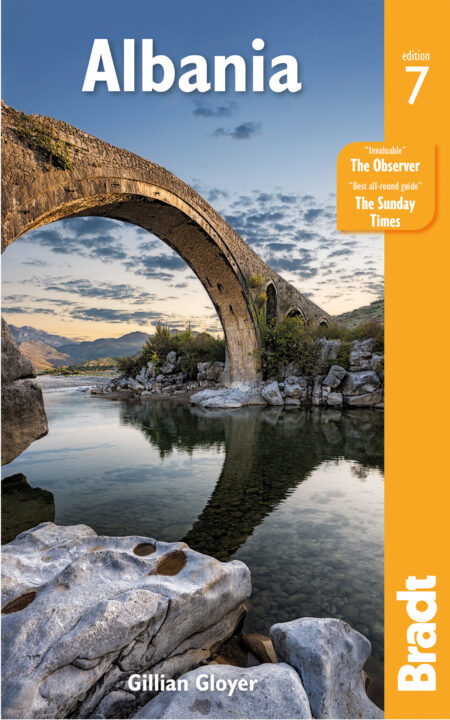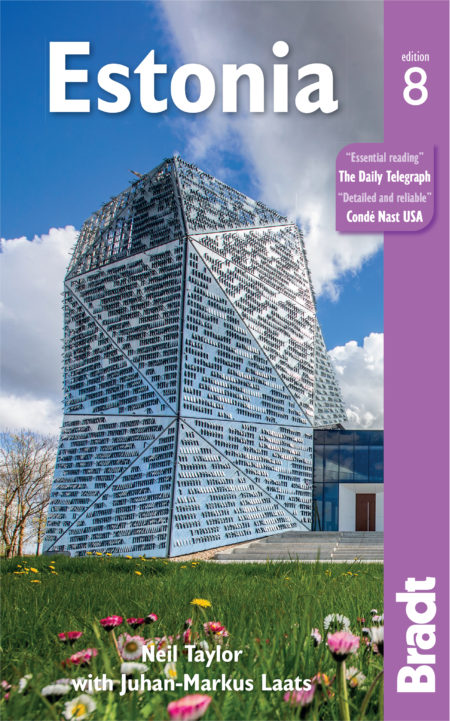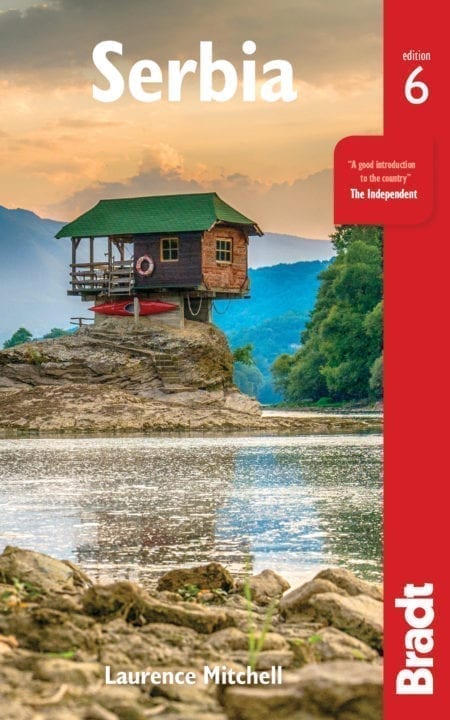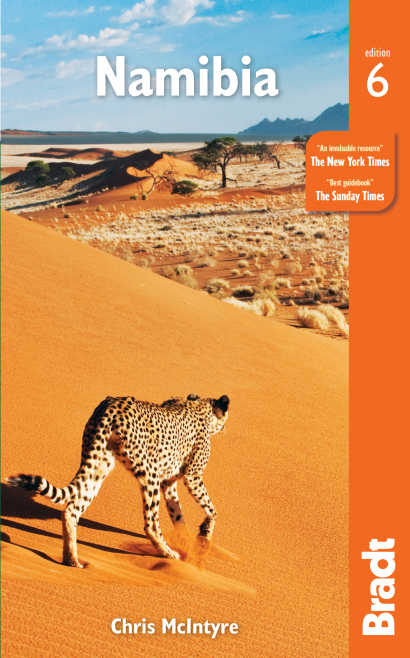We’ve put together a list of the world’s spookiest, most unsettling destinations. A trip to any of these places is enough to make the most fearless of travellers quake in their (well-worn) boots…
Museum of Sorcery and Witchcraft, Iceland
The only one of its kind in Iceland, the Museum of Sorcery and Witchcraft is built on the spot of the country’s most famous witch trial. Running over two floors, the displays take visitors through the magical traditions that go back to medieval Iceland.
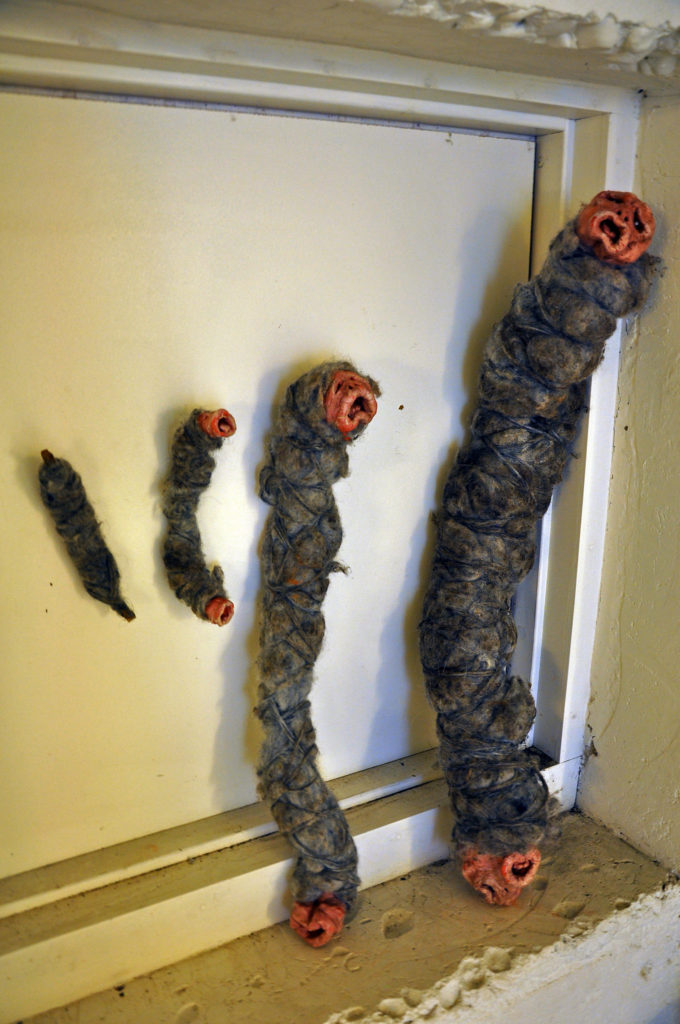
Beyond the expected runes, spells, and grimoires (and the spooky interactive histories), the museum does a great job spelling out a narrative of the times, and circumstances surrounding Iceland’s biggest witch hunts (the 17th century).
Sedlec Ossuary, Czech Republic
Originally the cemetery of the Cistercian monastery in Sedlec, it became fashionable to be buried here after earth, brought back from the Holy Land by the abbot of Sedlec, was sprinkled on the cemetery ground.
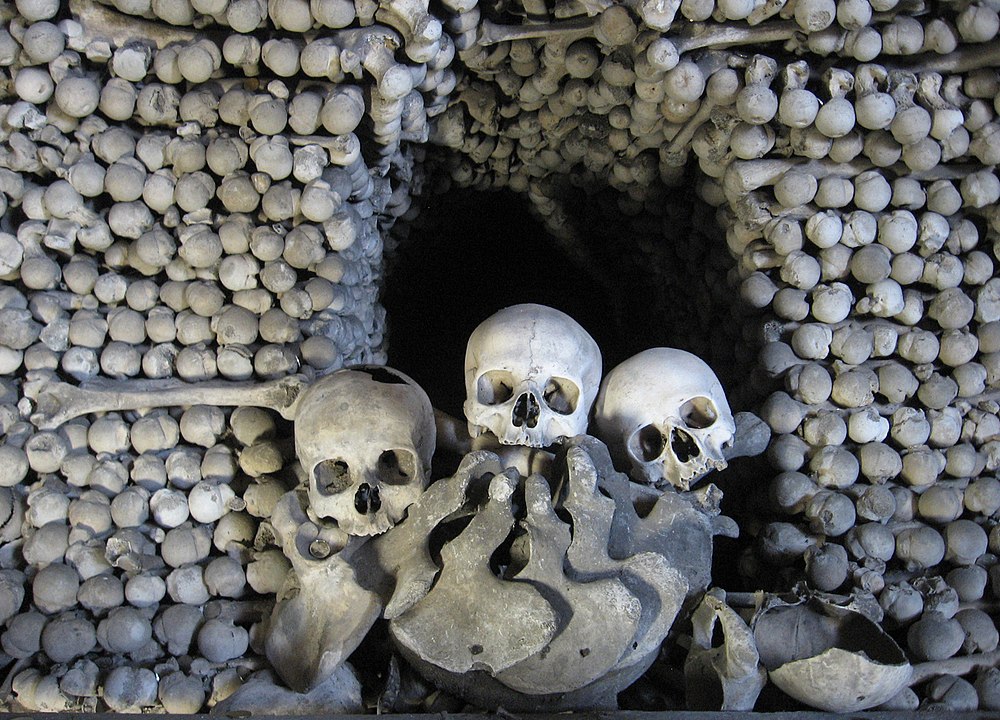
The grounds were enlarged to accommodate plague victims and again during the Hussite wars. So where did all the bones come from which are now inside? The bones were stacked up outside and then inside the small Chapel of All Saints, when the cemetery was reduced in size. The chapel was then restyled into an ossuary.
It is incredible to think that the bones of an estimated 40,000 people were used to create this creepy decoration. You cannot miss the chandelier in the middle of the ossuary containing at least one of every bone in the human body, or the coat of arms in bones of the Schwarzenberg family who purchased the abbey and the land in around 1784. This is an eerie, thought-provoking place and not one you would want to visit alone after dark.
Patarei Prison, Estonia
In 2006, when visitors were first granted access into Patarei Prison, they saw the hurriedly abandoned remains of what the Estonians took over from the Russians, and which were hardly improved during the 1990s.
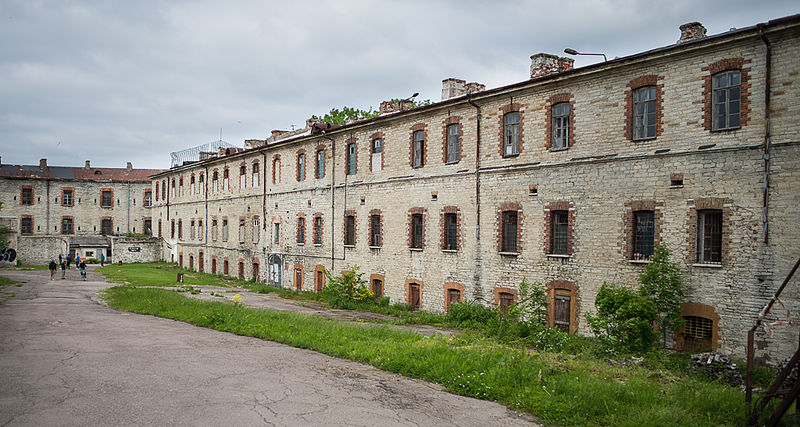
They walked up broken staircases, saw loose electric wires, rusting bedsteads and pealing photographs of former pornographic beauties. Not even shattered glass was cleared, let alone any weeds growing in the courtyards.
Kolmanskop, Namibia
This ghost town, once the principal town of the local diamond industry, was abandoned over 45 years ago and now gives a fascinating insight into the area’s great diamond boom. Many of the buildings are left exactly as they were deserted, and now the surrounding dunes are gradually burying them.
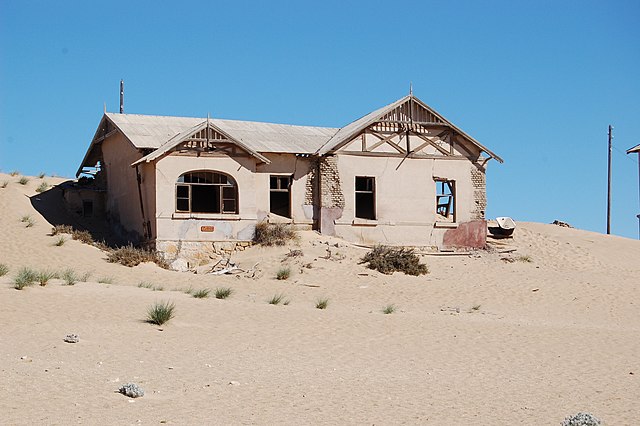
In its heyday, Kolmanskop was home to over 300 adults and 44 children, and luxuries included: a bowling alley, iced refrigerators and even a swimming pool. A few of the buildings, including the imposing concert hall, have been restored. But many are left exactly as they were deserted, and are gradually being buried by the surrounding dunes.
Parish Church of St Blaise, Istria
This is the largest parish church in Istria, with a 25m-high dome and a 62m-high bell tower. The most interesting thing about the church, however, is its mummies.
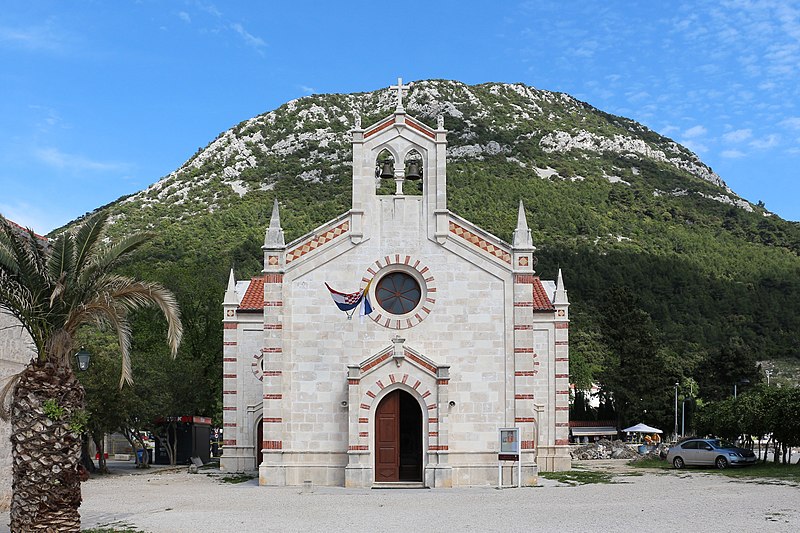
Hidden in a curtained, dimly lit room behind the main altar are six glass cases, containing the intact bodies of three saints, as well as various body parts of three other saints. The bodies are clothed, and the skin and fingernails have darkened, giving them a strange, almost wooden appearance. Exactly how or why the bodies – which were not embalmed – have failed to decompose, remains a mystery.
Bran Castle, Transylvania
Bram Stoker and Hollywood have given us more than 150 versions of Dracula, but the person behind the fictional Count Dracula was even more cruel and bloodthirsty. The real-life Dracula was born Vlad III Drăculea (meaning ‘son of Dracul’) in 1431 in Sighişoara, and was said to have stayed in this 14th-century castle.
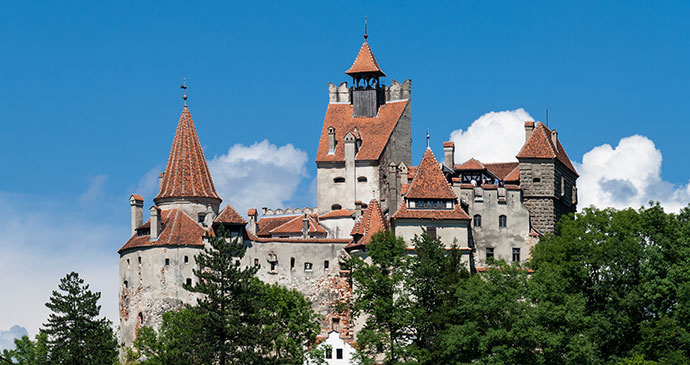
During his reign, Prince Vlad III committed many cruelties and thus established his reputation, earning him the posthumous moniker of ‘Ţepeş’ (‘Impaler’). His preferred method involved binding victims spread-eagled, then hammering a stake up through the rectum as far as the shoulder, then leaving them to die in agony, raised up for the crowd to watch.
Triora, Liguria
Triora has a rather dark past and is known as the Paese delle Streghe (Country of Witches), after the witchcraft trials held here from 1587 to 1589. In the 16th century Genoa came under the control of Spain, at that time in the throes of the Inquisition. It was believed that witches gathered at a ruined house, la cabotina, that lay just outside the village.
When famine struck in 1587, it was blamed on the witches: thirteen women, four girls and a boy. They were hauled before the local magistrates, who began a series of trials and torture sessions. One of them committed suicide by jumping out of a window in the main square and four others were executed. Surprisingly, eight had their sentences revoked.
Höfði House, Iceland
Reykjavík’s most famous residence also happens to be its most haunted, or at least one of its better documented cases. Constructed in 1909, the squat structure expresses the influence of Jugendstil, a Nordic version of Art Nouveau. The owner, Monsieur Brillouin (the French consul), reportedly found his new home uncomfortable and complained that the house was haunted. Brillouin stayed in Iceland for less than four years, selling the unlucky address to the lawyer and poet Einar Benediktsson. Einar already felt haunted by the ghost of a young woman (Sólbórg Jónsdóttir) who had poisoned herself following his judgement in a notorious court case.
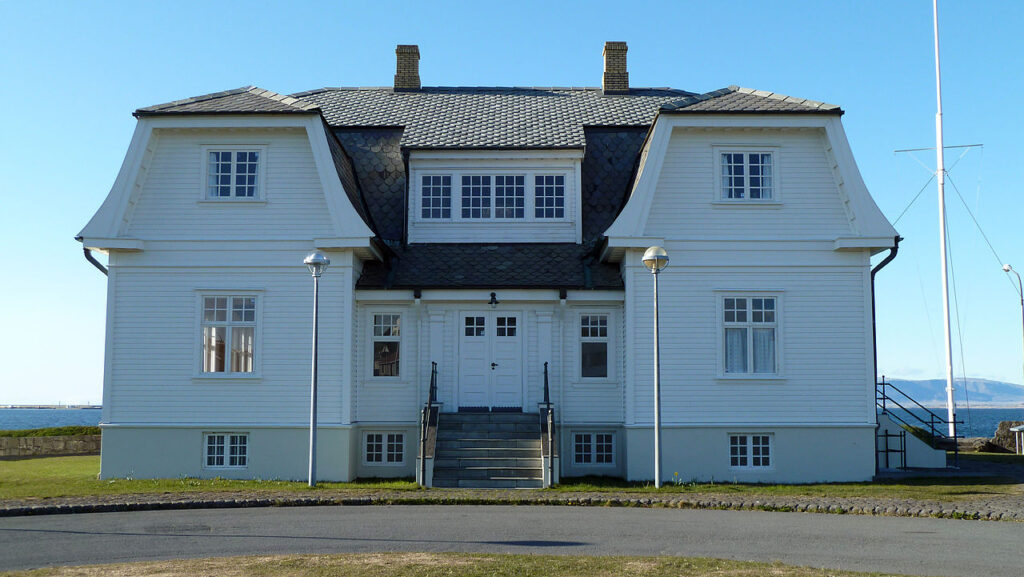
Accusations of incest led to her child being taken away and although the suicide occurred in the faraway north, Einar felt that Sólbórg’s ghost followed him when he moved to the capital. At Höfði House, the woman’s ghost would appear to him in the night so that he began to sleep with the lights on. In exasperation, Einar sold the house. Ten different owners followed, none of whom occupied the building for more than three or four years. In the course of sales and resales, Höfði became the British embassy and was visited by Winston Churchill in 1941 and later by Queen Elizabeth II.
Skull Tower, Serbia
This grotesque memorial was erected by the Turks as an example to others of the folly of opposition to their rule. Its construction followed the Battle of Čegar Hill in 1809 at the time of the First National Uprising when the Serbian General Stevan Sinđelić – ‘The Falcon of Čegar’ – fearing an ignominious defeat, famously blew up himself and his outnumbered troops, along with a large number of Turks, by igniting a gunpowder store. It is estimated that about 3,000 Serbian soldiers were killed in the explosion, along with at least double the number of their Turkish counterparts.
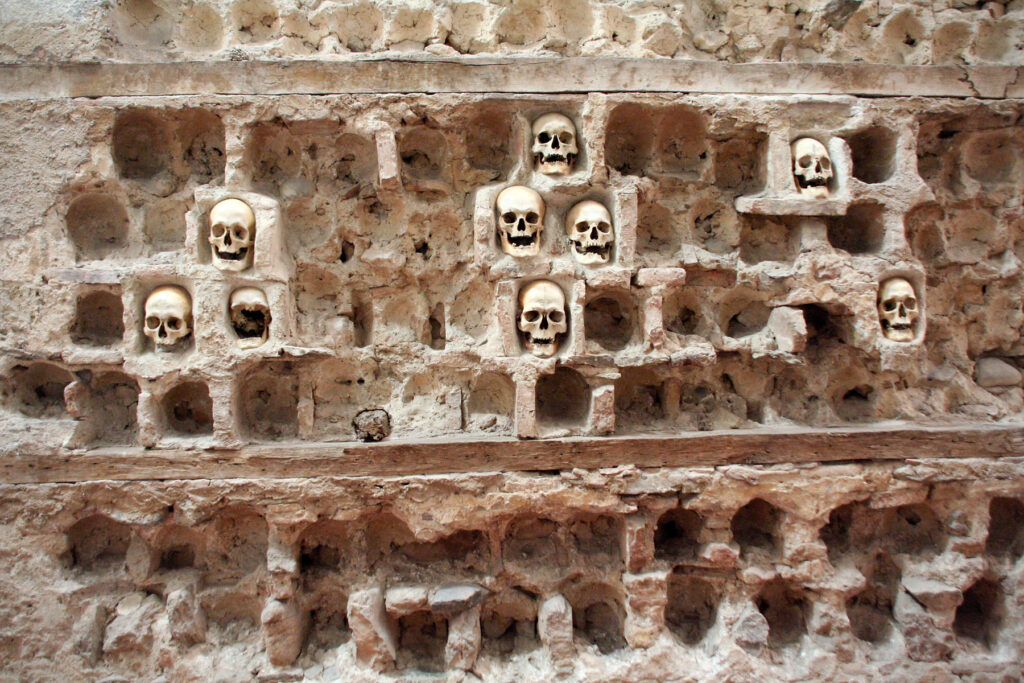
The tower was the Turkish response to this defiant yet suicidal act. On the order of the Turkish paša Huršid, the Turkish commander at the time, Serbian skulls were gathered from the battlefield and skinned before being mounted in rows on a specially built 3m-high tower. Originally there were 952 skulls embedded in the tower and past visitors to the monument have written of its eerie quality. Now only 58 skulls remain, the rest taken for a proper burial or presumably prised out by souvenir hunters in the interim period. In 1892, a chapel was built around the depleted column and, rather than fulfilling its original purpose as a totem of deterrence, it was reinvented as a monument to the spirit of Serbian courage.
House of Leaves, Albania
The House of Leaves is the former surveillance centre of the Sigurimi, Albania’s secret police. It was built in 1931 as a maternity clinic, founded by Zog I’s personal physician, and taken over secretly by the Sigurimi, for use mainly by the technicians who tapped people’s telephones and installed bugs in their apartments. Also based there was the department responsible for spying on foreign visitors and residents, intercepting communications in hotels and embassies in Tirana and maintaining detailed notes about every foreigner in the country.
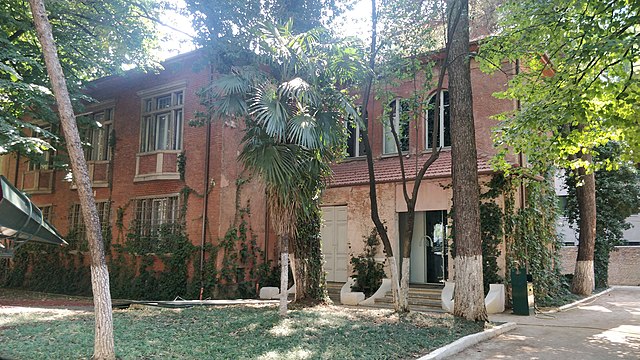
The museum displays original items used by the Sigurimi to spy on ‘the enemy within’ (ie: virtually everyone in Albania) and ‘the external enemy’ (everybody else). The collection includes original recording devices, photographic equipment and bugs, along with illustrations of how the bugs were concealed. Archive film screened in various rooms document statements given by individuals under interrogation, show trainers explaining how to use the equipment and give a voice to some of the survivors. In a video room, you can watch and listen through headphones to a huge number of further films, documentaries, feature films and interviews. Photographs, reproduced documents, plans and diagrams complement the films and artefacts. A replica living room with made-in-Albania household items from the communist period provides a moment of light relief.
More information
Discover more of the world’s creepiest destinations with our comprehensive guides:
